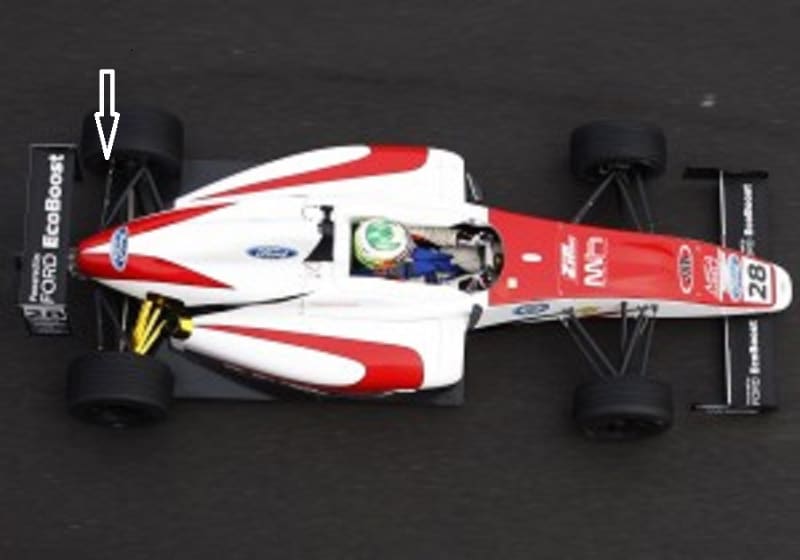Hello,
I was wondering how roll center migration affects suspension performance during roll movement.
I have carried static suspension calculation, and I did not see any releveance of non migration roll center suspension, but my calculation are static not dynamic.
Do someone had experience on no roll center migration suspension and how it performs?
Regards
I was wondering how roll center migration affects suspension performance during roll movement.
I have carried static suspension calculation, and I did not see any releveance of non migration roll center suspension, but my calculation are static not dynamic.
Do someone had experience on no roll center migration suspension and how it performs?
Regards

